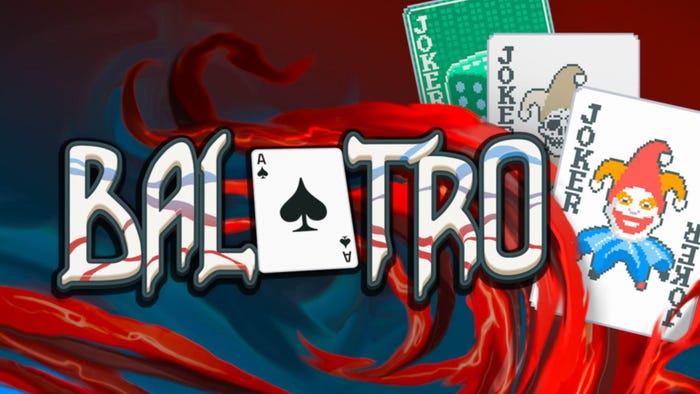Games and Analytics: A look through time
The fear of losing the fun of your game when you start implementing analytics is ever present. But taking a look at the classics from which most developers get their inspiration, will reveal seamless ways of integrating game design and analytics.


The fear of losing the fun of your game when you start implementing analytics is ever present. But taking a look at the classics from which most developers get their inspiration, will reveal seamless ways of integrating game design and analytics.
One of the problems when you start looking at data for your game is that you might get lost in it. Usually, a game developer starts designing a game based on that single spark of inspiration. A radical ambition of creating a fun and memorable experience for players.
All too often, the use of analytics and data gets added as an afterthought. A necessary caveat to make informed decisions, not really to make the game better, but to make the game better at putting butter on your bread.
To many game creators, therefore, the use of analytics seems alien and imposed. It seems like a sign of big business encroaching on the territory of fun. But truth be told, analytics have always been a natural part of game design.
A look through time
Looking at the history of video games, we can trace the first commercial demand for analytics. When Nolan Bushnell and Al Alcorn put the very first Pong machine up in Andy Capp’s Tavern, only a few days passed before the owner, Bill Gattis, phoned up Alcorn, complaining that the machine had stopped working. Alcorn investigated only to find out the machine was brimful of quarters.
The problem was not that Pong didn’t work; it was that Pong worked staggeringly and surprisingly well. The filled quarter-drawer was a basic way of tracking something related to DAU and daily revenue. It also gave the general insight that there was an excellent conversion rate from people just hanging out in a bar to paying Pong customers.
Monitoring
The proto-analytics of arcade machines were not improved in a technical way until the advent of the modern internet some 20 years later. However, this doesn’t mean that there was no monitoring going on.
Looking to the experience of classical software development, extensive testing was brought to bear on the game development process. Instead of algorithms and databases, clipboards and questionnaires were used to monitor the progression and actions of test players. While a big part of the testing process was technical in nature, isolating and fixing bugs in code, savvy game developers also charted the interests of players to better cater to them.
Although the iterative process involved in extensive testing is time consuming and slow, this is basically tracking how players interact with your system and reacting to it in a financially sound way.
Technical assistance
This process was mainly evolved in two ways during the last decade.
One was the procedurally generating games that respond directly to player input. While these have yet to prove commercially viable as a main revenue model, considerable technical advancement has been made, for example in the old Mario AI competitions.
But what has proven commercially viable is the use of analytics data to help game developers make decisions. The processing power of modern devices along with the near-instant updates on monitored player activity, game creators can make gameplay adjustments far quicker than through a testing cycle conducted the old-fashioned way.
It all begins with people playing your game
What all forms of analytics have in common is that they stem from players playing your game because you made a good game. From the earliest arcades, to the latest mobile games, analytics have been there to measure what people find fun.
Now, with tools like GameAnalytics, you can pinpoint exactly what makes your game enjoyable. Beyond the crucial, but in game terms, ancient focus on DAU, revenue and conversion rates, you can track the actions players seek out in your game and how they relate to your financial doings.
Summing up
Throughout the history of digital games, analytics have been there. Far from being a latter-day, unnatural addition to the process of making fun games, analytics are at the heart of fun design. Whether you use top-tuned analytics tools or whether you stick to clipboards and questionnaires, the process of natural analytics is the same:
You design a fun game;
Players play your game;
You monitor what they enjoy doing in the game;
You re-design the game to emphasise the fun and attract more – and happier – players.
Check out the original post & more on the GameAnalytics Blog
Read more about:
BlogsAbout the Author(s)
You May Also Like












